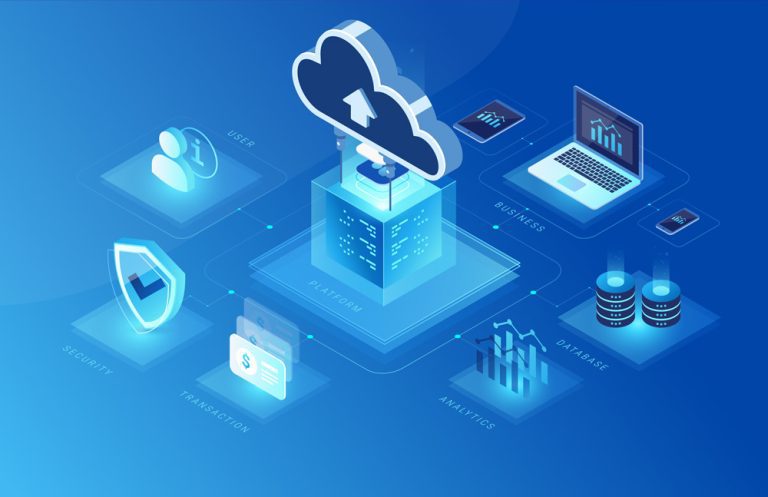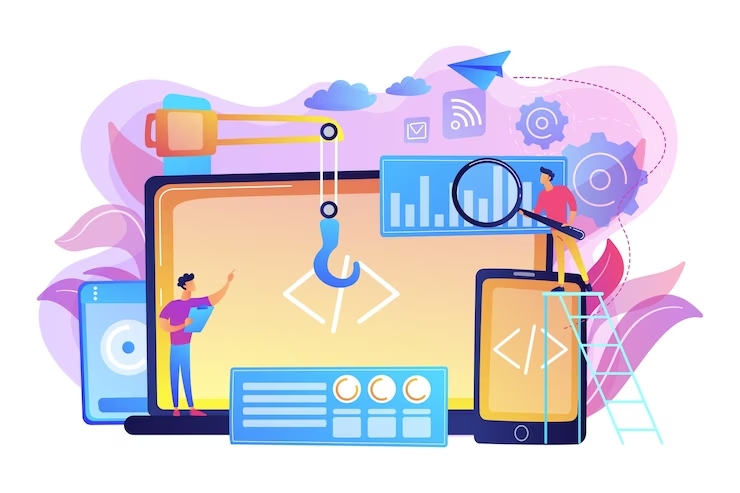Your employees are the face of your brand; therefore, you should take precautions to avoid making a bad hire that could negatively affect your business, its employees, clients, and the general public. This is especially true for positions of power and influence, where the misuse of power might have negative repercussions. Even the slightest incident may have far-reaching consequences for your business and community.
It’s common for people to assume things – everyone does it. We trust the taxi driver to get us from point A to point B without hiccups because we assume they have the appropriate training and experience. Moreover, we put our faith in the medical professional who has treated us because we assume they are qualified to perform their job safely.
Generally, it is fair to presume that this is the case. However, it is not surprising to hear of people violating regulations. This article will discuss employment malpractices, internal fraud, and the steps your company can take to prevent such incidents.

Importance of Conducting Background Checks to Prevent Fraud
Fraud not only endangers customers but also tarnishes the names of honest businesses and the people who work hard to earn their pay. Falsifying credentials is common among dishonest people who want to further their careers or increase their income.
According to Indeed, about 40% of job seekers exaggerate their qualifications on their applications, and 71% of hiring managers have caught them in the act. Date discrepancies are an example of a relatively harmless discrepancy that, in extreme cases, might have disastrous consequences.
We also have complete confidence in our staff and coworkers, and why shouldn’t we? Employees seldom suspect their coworkers of wrongdoing, such as sabotaging the company’s reputation or leaking sensitive information for personal benefit. However, bad hires can sometimes sneak through the cracks. There are, fortunately, measures your company can take to mitigate these risks.

How to Prevent Fraud in Your Organization
People may use the term “risk mitigation,” but what does this mean for your company? Risk mitigation entails putting up a plan that helps your business to prepare for and mitigate the consequences of any potential dangers it may encounter. These risks may include those we’ve previously discussed, like insider fraud, dishonest candidates or workers who might ruin your business’s brand or threaten its stakeholders’ safety.
Here are several easy-to-implement precautions your company may take, whether on their own or as part of a comprehensive screening procedure.
Employ a background check API
A background check API (application programming interface) is a software system or tool that links current systems with the company’s background screening spectrum. The top background check APIs help HR departments close the gap in applicant verification by making it a seamless process. It ultimately improves the user experience and promotes productive work.
It does not need a lot of technical know-how to implement a background check API. The dashboard provides a thorough overview of the verification process and initiates it immediately. Candidates may be invited to begin the application process by clicking on a link and providing the necessary information and authorizations. Here, the HR department receives real-time updates.
The ideal API does not need end-users to have previous coding or technical knowledge. Thanks to a backend interface in the existing HR system, the screening procedure can be automated, made seamless from start to finish, and tailored to meet the business’s specific needs. The API developer only has to program it once to get the website process up and running.

Implement a rigorous and uniform screening policy
The necessity of adhering to standards and processes when dealing with your workforce cannot be overstated, especially if a candidate challenges your screening or decision-making. If your company ever needs to defend its background screening program, having a clear and comprehensive policy outlining the steps taken to obtain, receive, and evaluate background checks will place you in a strong position.
Reduce the probability of internal fraud
Multiple checks, including a credit check or a reference verification, could unearth red flags that might offer you some indication of prior fraudulent activity; nevertheless, you can try locating a dedicated service to take a step further.
This reduces the risk of hiring fraudsters by discovering, discouraging, and preventing criminals from moving to a new company unchallenged.
Conduct rescreening even after the first check
While pre-employment background checks give valuable information into a candidate’s personal, financial, and professional history, it is vital to realize that they only provide a snapshot at that moment. More and more companies are seeing the value of a rescreening policy that evolves as their employees do.
Formulate a plan and discuss fraud with your employees
It’s important to develop a plan to identify and prevent fraud inside your organization, one that lays out the necessary controls and processes.
Staff members depend on managers and owners for direction on appropriate conduct. Therefore, discuss fraud with your employees, vendors, and other stakeholders. They need to know what’s at stake for the business and how any losses may affect them personally and the business.
Employees can also play a substantial role in whistleblowing. Notably, around 42% of organization fraud cases in 2021 were tipped by employees.

Final Verdict
No employer hopes their business will have to deal with fraudulent practices, yet they always happen. Fraud and embezzlement are significant challenges for corporations and cost billions annually.
Fortunately, you can incorporate background checks at any stage of an organization’s development. Each business has distinct considerations when integrating background-checking API into its existing system. Therefore, human resource departments and the relevant divisions must collaborate to pinpoint these touchpoints and automate them for more streamlined operations.



